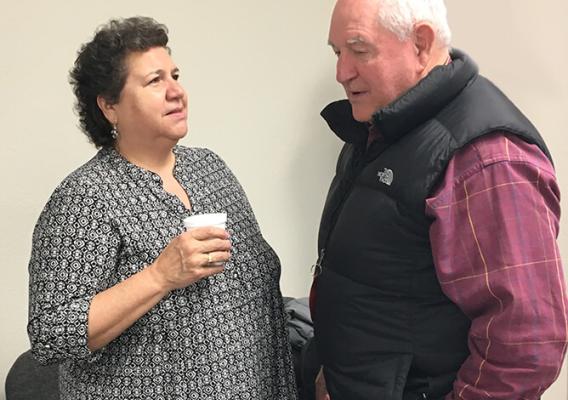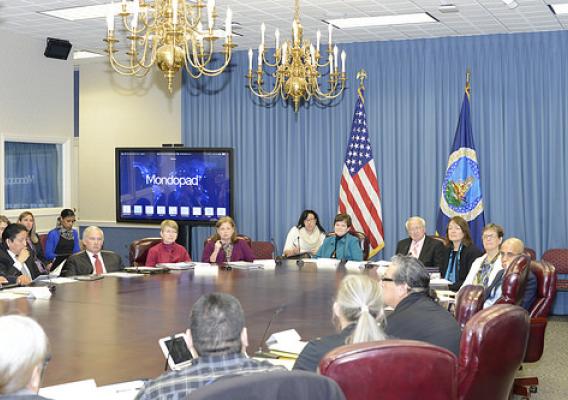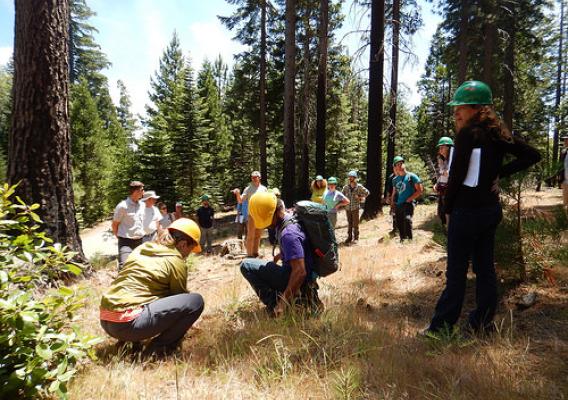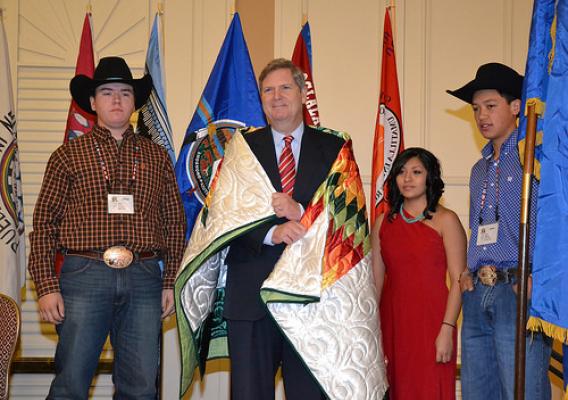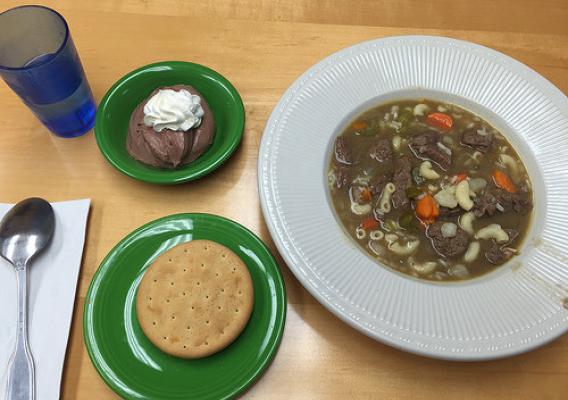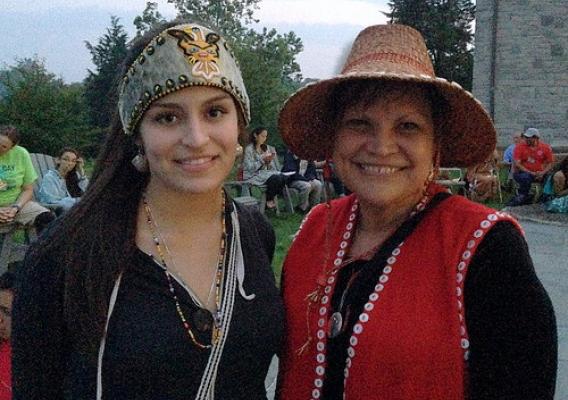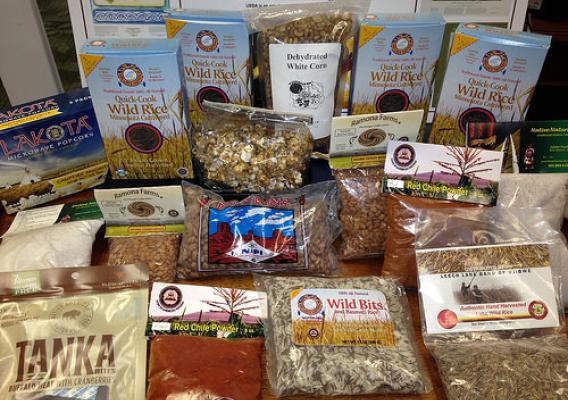The land and our strong ties to the earth as humans are a source of culture and livelihood throughout Indian Country. Native youth carry the hopes of their ancestors forward, and many tribes have visited with me at the Office of Tribal Relations, interested in learning how their children and grandchildren can discover more about the world around them. Through the Animal and Plant Health Inspection Service’s (APHIS) Safeguarding Natural Heritage (SNH) program, the USDA partners with Tribal Colleges and Universities to promote youth exposure to agriculture, natural resources, and wildlife biology.
Since 2007, the SNH program has served as a 2-week outreach program for students 14 to 17 years of age, bringing APHIS experts—as well as Tribal elders, Tribal professionals, and university professors—together with Tribal youth for instruction and mentoring. SNH students pay only the cost of transportation to and from their homes to the participating campus, and APHIS covers the cost of tuition, room and board, and laboratory supplies. Tribal Colleges and Universities work with APHIS to develop workshops and trainings to help students learn how to safeguard the natural world within and outside Tribal boundaries. Activities often include hands-on labs, workshops, discussions, and field trips.

